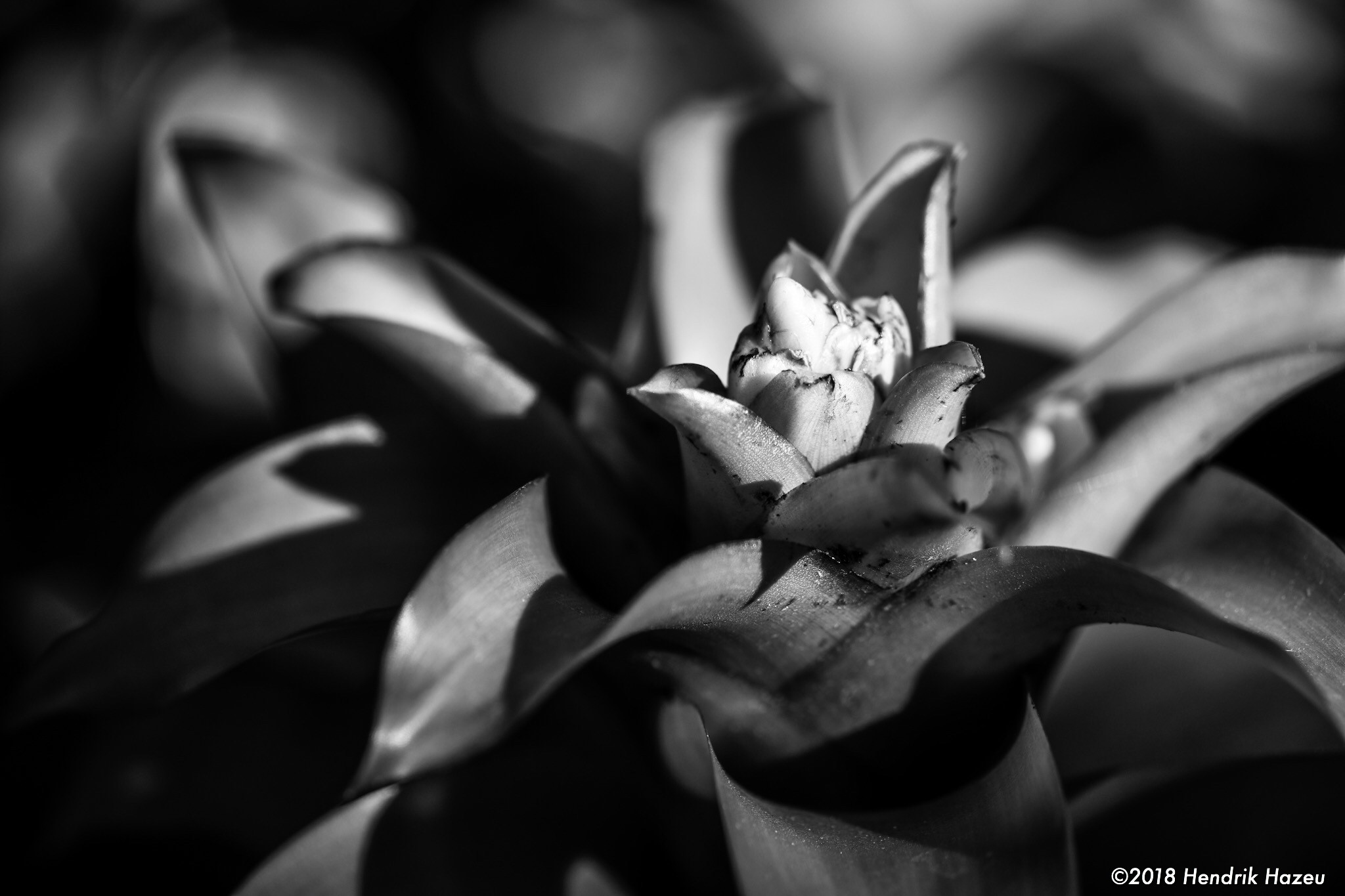Just a few images off the street with my absolute favorite ever lens, the Nikkor AF-S 58mm f/1.4G! I love the discrete perspective this lens gives me. Images with gorgeous bokeh & tonality. Please read on if you’re interested in how to capture intimate, natural positive images of street life around you!
Two walkers before the gate. Nikon D850 & AF-S 58mm f/1.4G @f/2, 1/45 sec, 3200 ISO
Look at the tonality in the above image: From inky shadows still disclosing details to delicate highlights framing the two walkers thru the gate. Amazing how I still got a full range of gray tones in between the black & white extremes - too stark contrasts would’ve given the image a too ominous look ;-)
Thoughtful, captured with Nikon D850 & AF-S 58mm f/1.4G @f/2, 1/125 sec, 2500 ISO
The Nikon D850 thankfully has a flippy rear screen and a reasonably good working live-view function allowing me to take pictures much more discreetly, without needing to look thru the viewfinder (similar to a medium format camera with a waist-level finder). This and the lower position of the camera results in more pleasing & natural images taken from a better perspective. Combined with the slightly narrower field of view of the AF-S 58mm (vs. a normal 50mm) you get a great framing of life around you from a more respectful distance of 3-5 feet. I remember when I was photojournalist, my go-to focal length was a 28mm wide-angle. To fill the frame I had to get right into peoples’ faces, which they didn’t really appreciate (apart from the unflattering distortion evident in the resulting images)
Empathy, observed with Nikon D850 & AF-S 58mm f/1.4G @f/2, 1/90 sec, 3200 ISO
3D auto-focus face tracking over nearly the full frame in live-view frees you from the limited focus point coverage in the optical viewfinder. The fast focus acquisition even in low light conditions allows you to use a larger aperture, creating a pleasing separation from an otherwize distracting background. This is not possible if you use the so-called “zone-focussing” method which requires a small aperture to give you sufficient depth-of-field. That again drives you ISO thru the roof and/or leads to motion blur causing longer shutter speeds. As you can see in the above and below image this enabled me to capture fleeting expressions or emotions of people, resulting in spontaneous images full of life!
Evening drinks, taken with Nikon D850 & AF-S 58mm f/1.4G @f/2, 1/125 sec, 3200 ISO
As you can see on my blog my images are mostly land- or cityscapes. But I also love to observe people & capture their emotions and interactions! Like in the image below where what the girl on the right is saying seems to elicit some skepticism in the girl on the left! Or what do you think?
Scepticism after shopping, seen with Nikon D850 & AF-S 58mm f/1.4G @f/2, 1/125 sec, 720 ISO
With these “Street Night” images I’d like to thank y’all for visiting and for your interest. Looking very much forward to your comments, questions and suggestions - please leave a note either in the comments section or send me a message! Wishing youse a great Sunday evening & a good start into the new week …
Best regards,
Hendrik
I hope this post was helpful / interesting for you - If you like you can support me by sending me a small donation via PayPal.me/hendriximages ! Helps me run this site & keeps the information coming, many thanks in advance!

